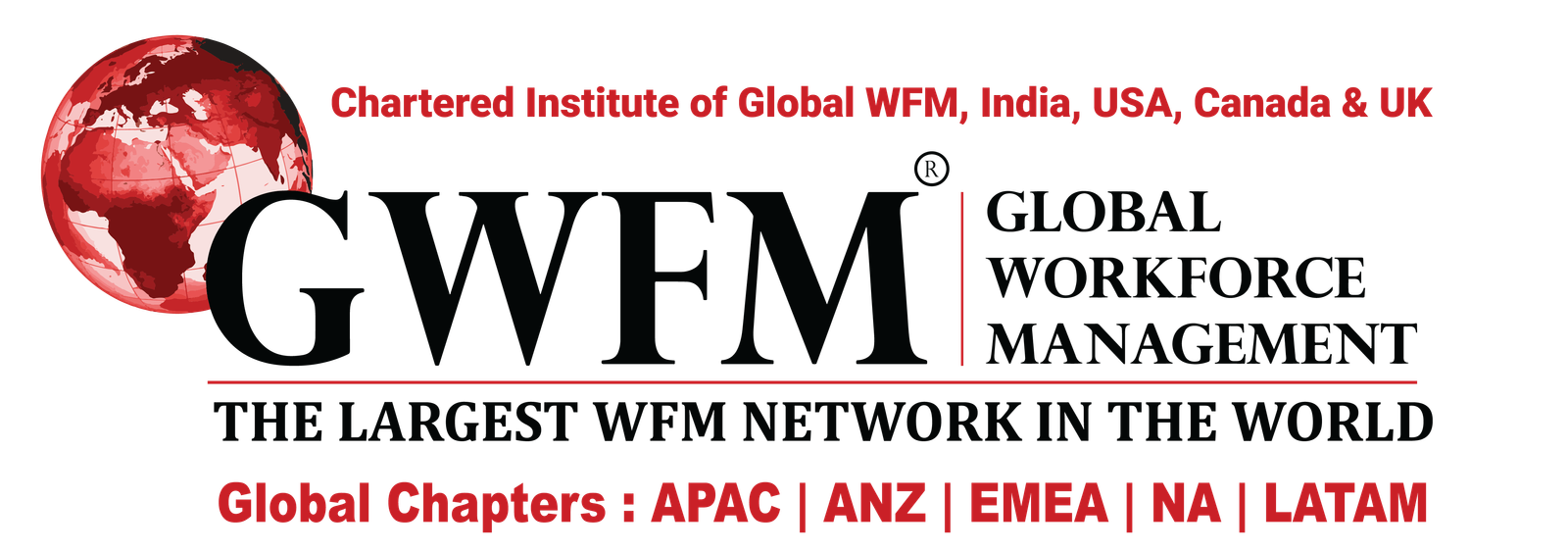Is There a Future of Work with AI?

For the past several years, amid unprecedented rates of hybrid and remote work, the future of work has been a topic of intense conversation among global businesses. Recent advancements in GenAI are taking that conversation to a new extreme. The emerging question: is there a future of work?
As machine learning takes over previously human-occupied analytical roles, and as GenAI stakes its claim in content and code creation, there’s increasing anxiety about economy-wide job displacement and rigid automation.
Some of this anxiety is perhaps well-founded, but the future of work will involve a heavy dose of AI whether we like it or not. It won’t be apocalyptic, but there will be change. At its best, the future of work will be about viewing AI as an ally, a hyper-intelligent collaborator that can augment human potential.
So, while AI skeptics find it easy to ask, “Is there a future of work?” a better question is “How do I cultivate an AI-ready workforce of the future?”
In many cases, AI itself will provide some answers. In the coming years, enterprises will leverage AI to identify emerging skills gaps, build talent transformation programs on top of AI-powered platforms, and retain top talent by personalizing employee engagement through AI-driven insights.
For all of the ink recently spilled about in-person vs. hybrid vs. remote working, there’s a deeper reality: Wherever and however
employees work during the next several decades, they will need to be prepared to add value amid relentless technological change, particularly in the context of the AI revolution. The companies that win the AI revolution and successfully ride the waves of other emerging technologies will achieve resilience by prioritizing people through an AI lens. In the process, they have an opportunity to not just adapt to changing circumstances, but truly create the future of work.
Find the Talent to Power the Future
In a rapidly changing job landscape, companies need to emphasize agility in their talent strategies.
Every large company in every industry will need a workforce that’s fluent in emerging technologies, including but certainly not limited to AI. But it won’t be easy. Already, an AI recruiting frenzy is putting pressure on HR teams while creating an escalating war for talent.
Pursuing the future of work means, first, activating cutting-edge talent-acquisition programs. AI-driven talent-acquisition strategies are already leveraging predictive insights to refine the talent pipeline. These tools will increasingly allow recruiting organizations to identify potential talent around the globe, predict their cultural fit, and reduce hiring biases.
Companies can establish an AI-powered skills lab to further analyze market trends, internal business metrics, and the evolving nature of industries to predict the skills that will be in demand. This requires a diverse set of analytical capabilities, like those available through Wipro Consulting’s partner ecosystem, to define the skills needed for future success and more-effectively plan for the skills gap.
Meet the Upskilling Imperative
The pace of technology evolution is threatening to outstrip our capacity for upskilling.
Traditional learning methods are failing, leaving a deep skills chasm. Increasingly, employees will need personalized learning ecosystems powered by AI to bridge the skilling divide and offer bespoke learning journeys that map out gaps and recommend upskilling paths. The cost of retraining existing employees often competes with the cost of hiring new ones, yet investments in continuous-learning platforms more than pay for themselves if used wisely to cultivate capable, experienced leaders.
As these new-age training programs are developed, organizations will need to rapidly educate employees on AI. At Wipro, for example, we’ve launched an ambitious effort to train each of our 260,000 employees on GenAI awareness. Beyond AI, organizations will need frameworks for deciding which new skills need to be socialized across the organization, plus concrete learning and development (L&D) strategies and platforms to rapidly scale learning across the enterprise.
Bolster Employee Engagement and Retention
A positive and seamless employee experience leads to better retention, higher productivity, and greater levels of engagement. AI can personalize the experience and improve motivation by tailoring solutions to individuals’ needs and adapting to their learning styles and pace.
Enterprises will increasingly leverage AI to analyze employee engagement metrics in real-time, understand what makes top talent perform, and iterate on their AI-powered personalized retention strategies. Meanwhile, new technology tools will foster work cultures in which collaboration is rewarded and where digital experiences feel as genuine as face-to-face interactions.
Embrace AI for the Ethical Future of Work
AI is not eradicating the future of work. AI is the future of work. Its workplace invasion is a double-edged sword: It can dramatically improve efficiencies and augment human intelligence in powerful ways, yet if deployed carelessly, it can deliver biased algorithms, privacy breaches, intellectual property risks, and potential job displacement.
To truly make AI an ally in the future of work, enterprises will need to embed strong AI ethics at the heart of their operations, including their HR operations. AI guardrails will need to eliminate bias in skills analysis, predictive forecasting, hiring, talent cultivation and succession planning. And workforce strategies will need to build AI-driven skills development initiatives that can counteract any AI-driven job displacement. To identify, attract, and support a dynamic and committed global team, such AI guardrails will be non-negotiable.
Rather than bringing on a dystopia of job displacement and rigid automation, the AI revolution can give birth to nimble companies that are great places to work and build a career. This requires enterprises to leverage data to identify skill gaps and recruit top talent, invest in comprehensive upskilling programs, and use technology to supercharge employee engagement. Technology has always been a tool, not a silver bullet. The real magic of the coming decades will happen when companies merge the strengths of their human workforce with AI to create a potent blend of empathy, creativity, and efficiency – the three keys to thriving in the future of work.
Resource: Wipro & GWFM Research






Responses